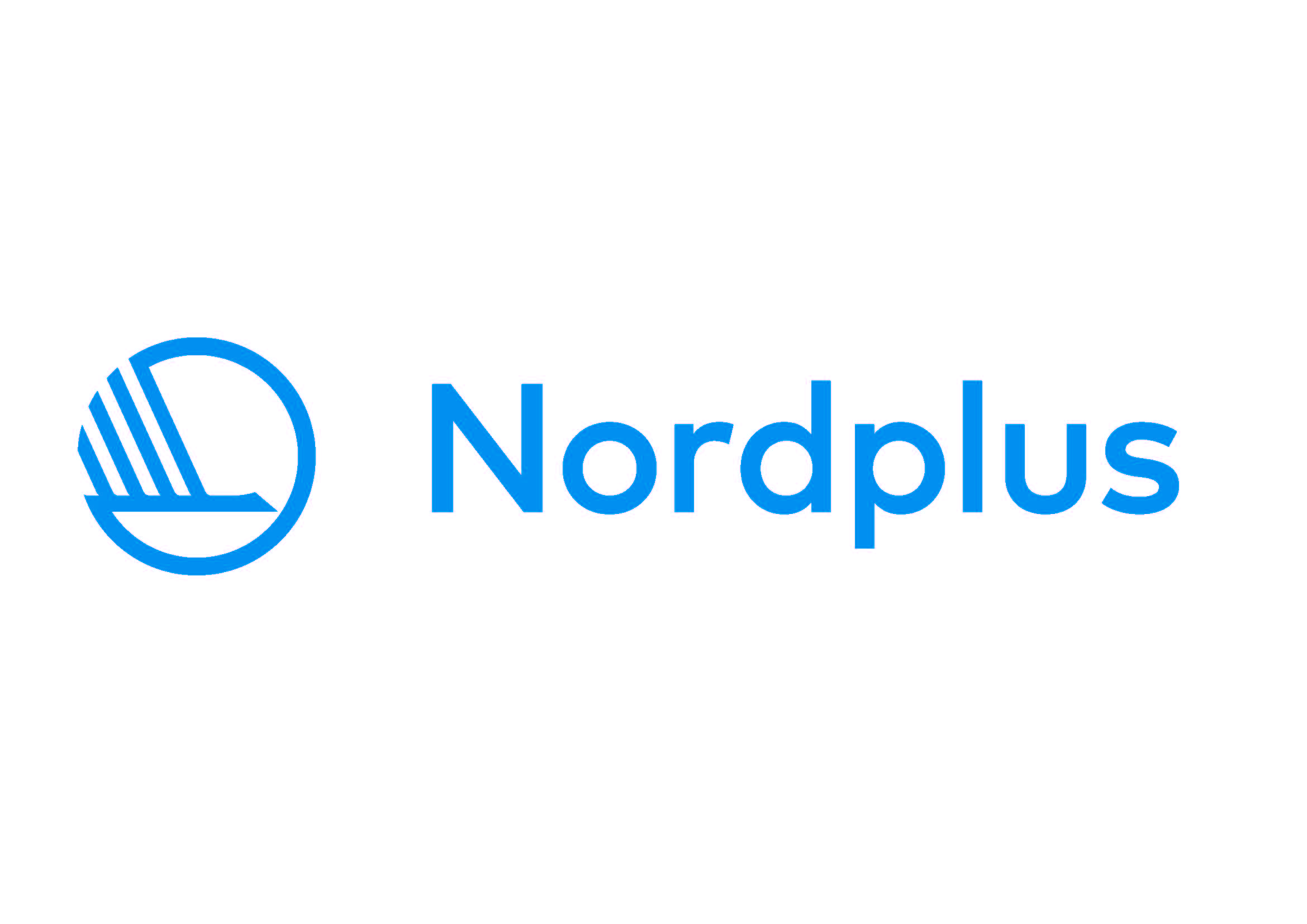Kuno/Nordplus Intensive Course Konstfack
Dates: February 5-16, 2017
Location: Konstfack, Stockholm, Sound Lab, Computer room D1
Open for. 5 students from the KUNO schools
Teacher: Ricardo Atienza et al
ECTS: 3
Language: English
Total number of students: 12
Application deadline: January 9, 2017
Application form Application Sound in Interaction
The aim of this course is to explore interactive and real-time processes within the field of sound and in connection with other sensorial dimensions. Essentially organized as a workshop, the participants will develop their skills in this field via the realization of a collective sensitive environment to be exhibited at the end of the course.
The programme of the course will be based on the following aspects:
- Working with real-time and interactive processes,
Sonic flow generation and manipulation, evolving from close to open generative processes.
Formation in graphical programming environments for sound; this course will focus on the open and free software domain: Pure-Data, IanniX, etc. (cross-OS platforms).
Introduction to data and image/video interactive structures in Pure-Data.
– Practice-based learning: a workshop structure,
Working with the concepts, methods and tools explored, through the realization of a collective sound project to be exhibited/performed at the end of the course. Each student will be invited to develop its own tools to interact within a collective and open sonic (sensorial) Environment.
The outline of the course will be the following:
Weeks 1 & 2: Exploring/acquiring real-time working processes and tools.
– Sound as a flow, sound in interaction,
– Learning from our physical environment: symbolic/iconic or corporeal (enactive) exchanges.
– Mediated interactions: technology as an exchange tool.
– Pure-Data: “learning-by-using” introduction to the software,
– IanniX: same logic as for Pure-Data.
– Communication in between both software.
– Introduction to sensors and hardware extensions: Arduino,
– Introduction to low-tech forms of sound production: piezoelectric components, etc.
– Other forms of interaction in sound.
Week 2: producing together a sensorial interactive environment by using the different conceptual and technical tools provided.
The evaluation will be based on each person’s contribution to a collective sonic/interactive environment.
The criteria for the evaluation will be the following:
– Appropriation of the tools provided,
– Contribution to the development of the workshop,
– Contribution to the development of the common project,
– Quality of the result as a collective production.
The course will give access to the Sound Lab as a working station, as providing the necessary knowledge for handling its equipment.

